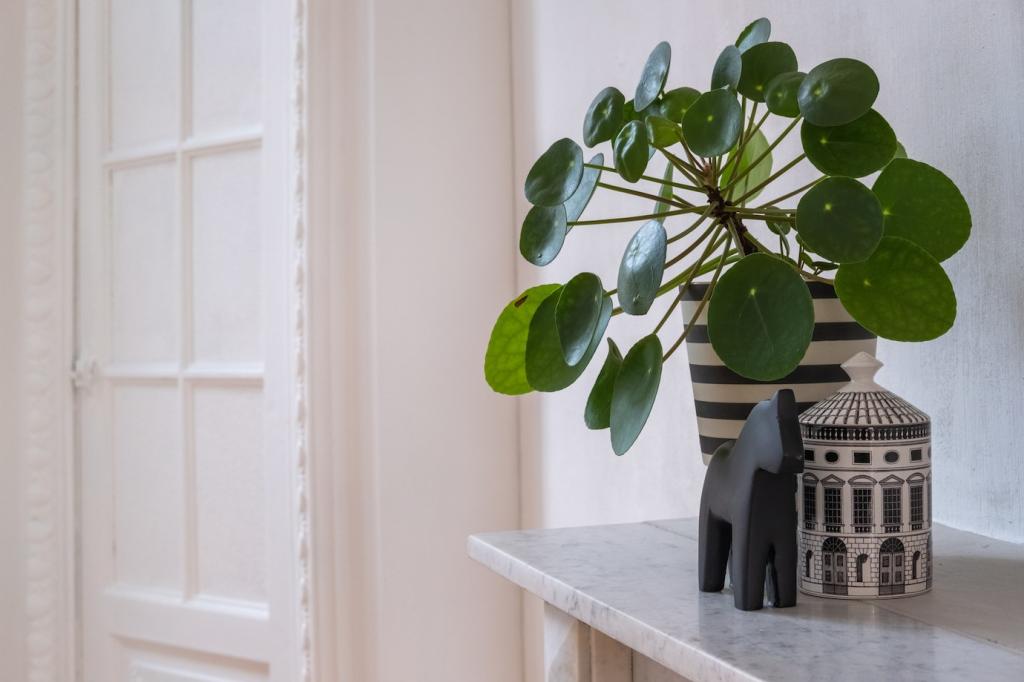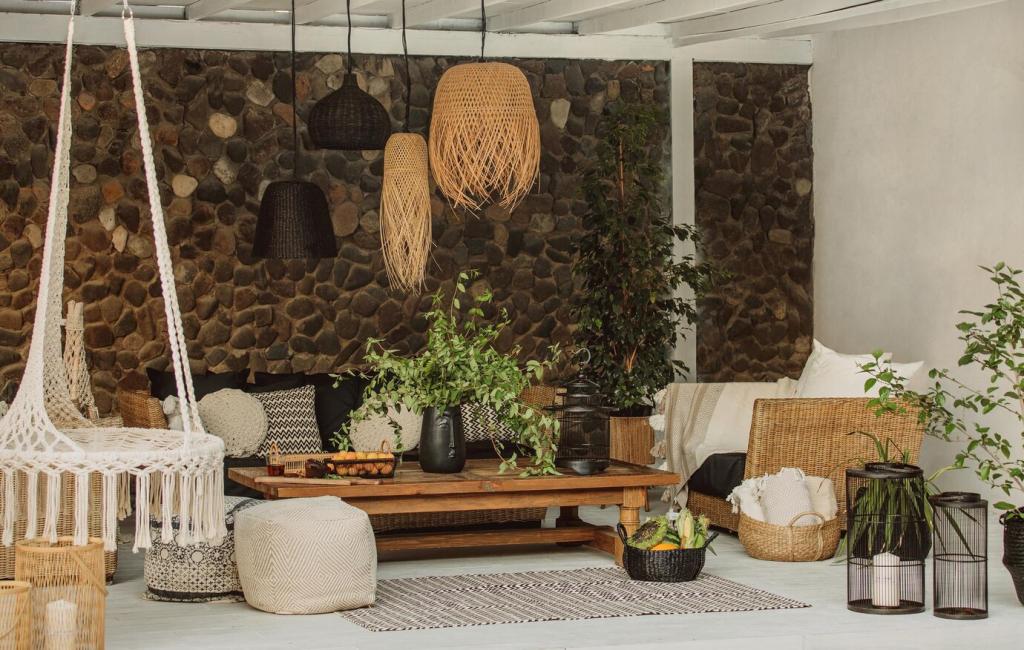Sustainable Materials for Eco-Friendly Interiors
Creating eco-friendly interiors has become an essential aspect of modern design, focusing on reducing environmental impact while maintaining comfort and aesthetics. Sustainable materials play a pivotal role in interior design, offering solutions that are both environmentally responsible and visually appealing. From renewable resources to innovative recycled products, these materials help designers and homeowners develop healthy indoor environments that support well-being and conservation. Discovering the right materials can significantly enhance the sustainability quotient of any interior space.
The Importance of Sustainable Materials
Reducing Carbon Footprint
Selecting sustainable materials helps reduce the carbon footprint of an interior project. Materials sourced locally require less transportation, cutting down on fuel and emissions. Additionally, products made from renewable or recycled content often use less energy in production and create fewer pollutants. A reduced carbon footprint not only supports environmental goals but also enhances the narrative behind the interior design.
Conserving Natural Resources
Sustainable interiors emphasize the responsible use of raw materials. By opting for rapidly renewable resources or recycled matter, we minimize the depletion of precious resources such as timber and minerals. Conservation efforts in material selection help ensure that these resources remain available for generations, making every design choice a step toward a balanced ecosystem.
Promoting Indoor Health and Wellness
The use of sustainable materials directly affects the quality of indoor environments. Many eco-friendly options are free from toxic chemicals and volatile organic compounds (VOCs), contributing to better air quality. Enhanced indoor health supports the well-being of occupants, making sustainable materials a foundational element of wellness-oriented interior design.
Natural Wood and Sustainable Forestry
Utilizing hardwoods with certifications such as FSC (Forest Stewardship Council) guarantees that the timber comes from forests managed with environmental, social, and economic responsibility. These certifications assure designers and homeowners that their wood products have minimal impact on forest ecosystems and promote responsible forestry worldwide.
Previous
Next
Renewable Plant-Based Materials
Harvested from the bark of cork oak trees without harming the trees, cork is renewable, biodegradable, and highly resilient. Its natural sound insulation, warmth, and cushioning underfoot make it an excellent choice for flooring and wall panels. Cork’s hypoallergenic properties further contribute to healthier indoor spaces.

Zero-VOC (volatile organic compound) paints eliminate toxins commonly emitted by traditional paints, greatly improving indoor air quality. These options come in an array of colors and finishes, allowing creative expression without sacrificing environmental values. Their use supports the long-term health of interior occupants.

Wallcoverings crafted from natural paper, fibers, or plant-based polymers break down naturally once disposed of. Unlike vinyl or synthetic wallpapers, these biodegradable alternatives reduce environmental pollution and contribute to healthier indoor air. Their textures and visual appeal lend warmth and authenticity to interior environments.
Biodegradable and Compostable Options
Local and Artisanal Material Sourcing
Locally quarried stone minimizes fuel consumption associated with long-distance shipping. Every region has unique stone varieties, allowing designers to celebrate geological heritage and reduce carbon emissions simultaneously. Stone’s durability and timeless appeal make it a practical, enduring choice in sustainable interiors.
Artisans create ceramic tiles using traditional techniques and locally sourced clay, resulting in distinctive products with minimal industrial processing. Supporting local craftsmen preserves cultural heritage and fosters sustainable business practices, while the tiles themselves offer exceptional beauty and lasting performance.
Textiles woven, dyed, or printed by local communities harness nearby materials and traditional knowledge, ensuring a lighter footprint than mass-produced options. Supporting community-based production strengthens local economies, upholds ethical labor practices, and often results in one-of-a-kind pieces for interiors.
